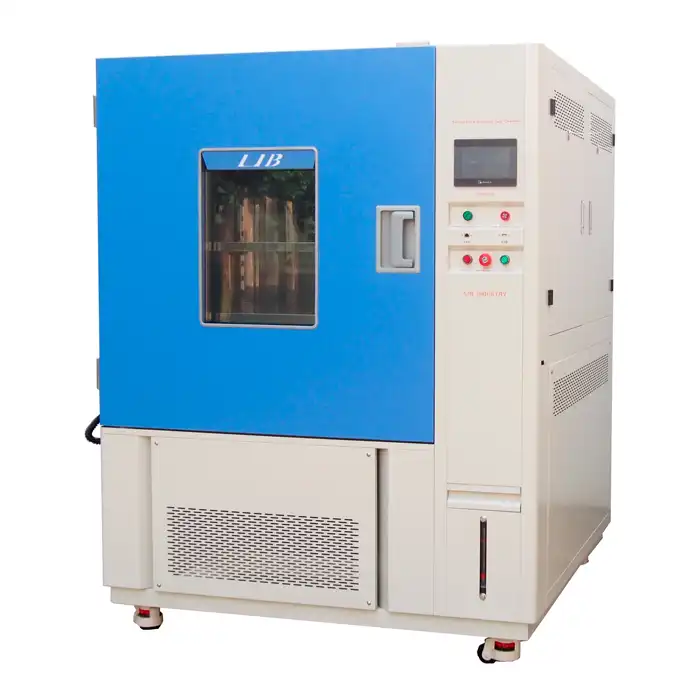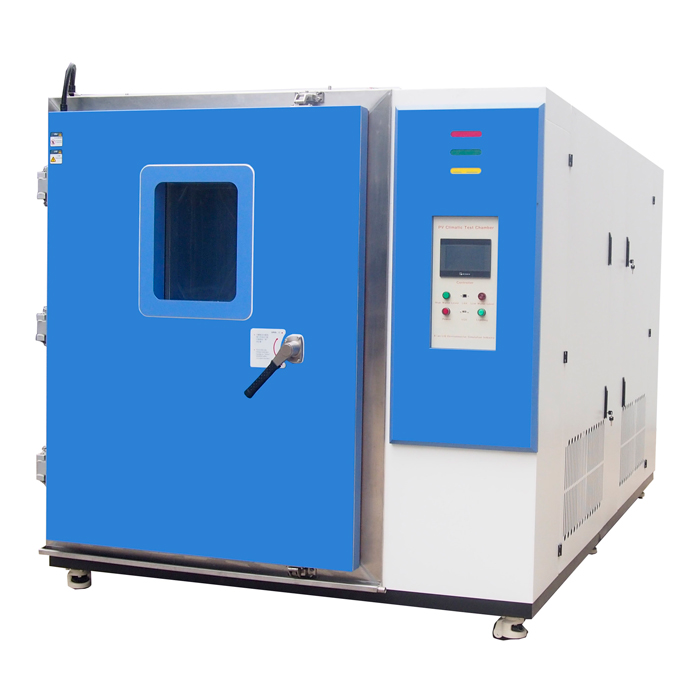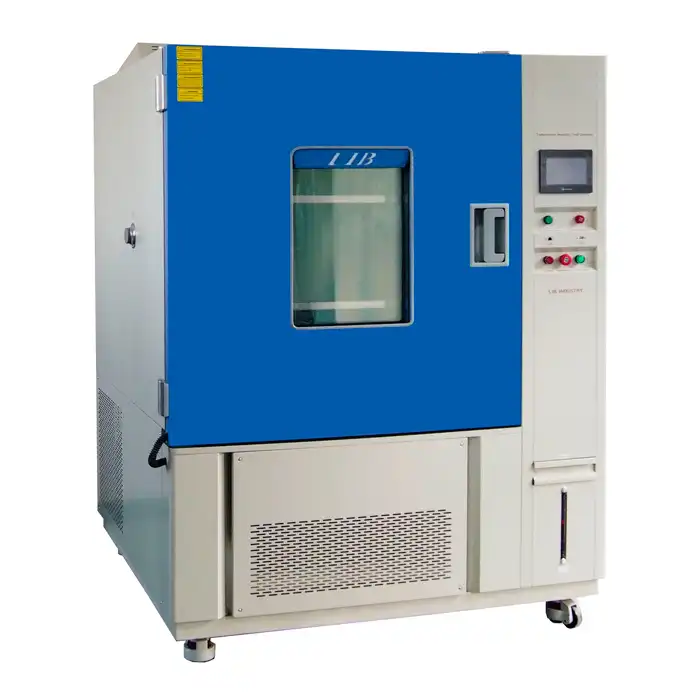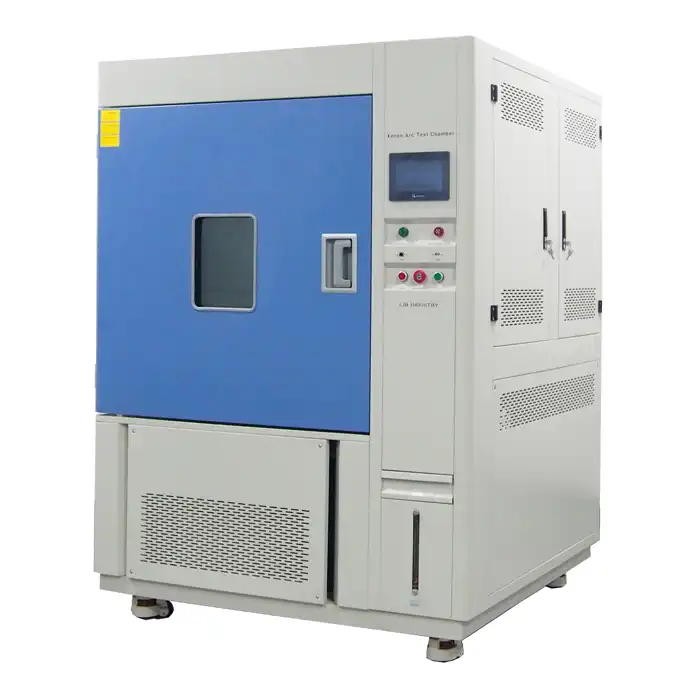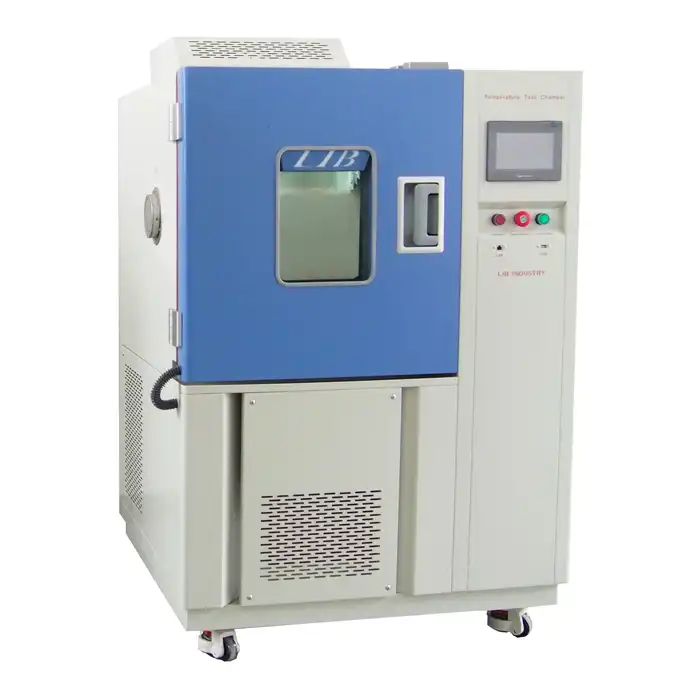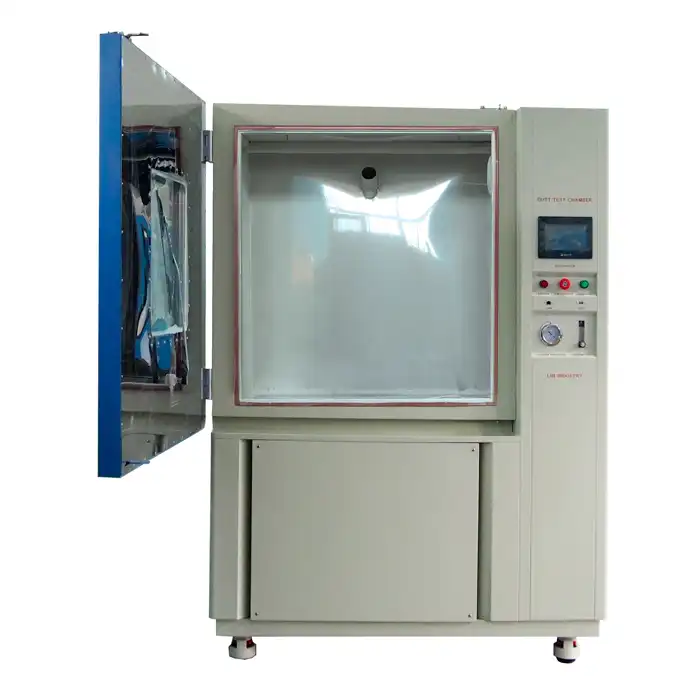What features should be considered when selecting a rain spray jetting chamber?
Rain spray jetting chambers are essential for testing the water resistance of various products, from electronics to automotive parts. Selecting the right chamber involves understanding several key features to ensure it meets your testing needs effectively. This blog will guide you through the essential considerations for choosing a rain spray jetting chamber.
What Are the Basic Features of a Rain Spray Jetting Chamber?
When selecting a rain spray jetting chamber, it’s crucial to understand its basic features to ensure it aligns with your testing requirements.
Water Recirculation System
A water recirculation system is a significant feature as it reduces water consumption and operational costs. This system allows the reuse of water, making the testing process more environmentally friendly and cost-effective. For instance, many modern chambers, like those offered by LIB Industry, include this feature to optimize water usage and efficiency.
Efficient water management is a growing concern in many industries. With the global emphasis on sustainability, the ability to recirculate water can significantly reduce the environmental footprint of testing operations. The recirculation system works by collecting the water that has been sprayed, filtering it to remove impurities, and then pumping it back into the system for reuse. This not only conserves water but also ensures a consistent quality of water for testing, which can improve the reliability of test results.
Adjustable Water Pressure and Flow Rate
The ability to adjust water pressure and flow rate is crucial for simulating different types of rain conditions. Chambers with this capability, such as those designed by ESPEC North America, allow for precise control, ensuring that products can be tested under various rainfall intensities, from light drizzle to heavy downpour.
Adjustable settings enable testers to replicate a wide range of environmental conditions. This flexibility is vital for industries where products must perform reliably under diverse weather scenarios. For instance, in the automotive industry, vehicles must withstand both gentle rain and severe storms. By adjusting the pressure and flow rate, testers can simulate these different conditions, providing a comprehensive evaluation of the product’s water resistance.
Rotating Turntable and Nozzles
A rotating turntable and nozzles ensure even exposure of the product to the simulated rain. This feature is essential for thorough testing, as it mimics real-world conditions where rain can come from different angles. For example, the IPX5/IPX6 chambers from LIB Industry feature a turntable that can rotate at adjustable speeds, ensuring comprehensive testing.
This feature is particularly important for products with complex shapes or multiple surfaces. A stationary test might miss areas that could be vulnerable to water ingress. The rotating turntable ensures that every part of the product is exposed to water, revealing any potential weaknesses in its design. Moreover, adjustable nozzles can direct water at specific angles, simulating different types of rainfall and wind-driven rain scenarios.
How Do You Ensure Compliance with Industry Standards?
Compliance with industry standards is vital for ensuring that the products tested in a rain spray jetting chamber will perform reliably in real-world conditions.
International Protection (IP) Ratings
Understanding and adhering to IP ratings, such as IPX5 and IPX6, is crucial. These ratings indicate the level of protection provided against water ingress. Chambers must comply with standards like IEC 60529 and ISO 20653, which specify the testing conditions and requirements for different IP ratings. For instance, chambers designed by DGBELL are compliant with these standards, ensuring accurate and reliable test results.
IP ratings are an international standard that defines the levels of sealing effectiveness of electrical enclosures against intrusion from foreign bodies and moisture. For instance, IPX5 means the product is protected against water jets from any direction, while IPX6 indicates protection against powerful water jets. Understanding these ratings helps ensure that the tested products meet the required levels of protection for their intended use.
Specific Industry Requirements
Different industries may have additional requirements beyond standard IP ratings. For example, the automotive industry often requires testing under more rigorous conditions, such as high-pressure sprays and temperature variations. Chambers that can simulate these conditions, like those from ESPEC North America, are essential for automotive applications.
The electronics industry might focus on different aspects, such as the impact of moisture on circuit integrity and the longevity of components under varying humidity levels. Each industry has its unique set of standards and testing protocols. Ensuring the rain spray jetting chamber can meet these specific requirements is crucial for accurate and relevant test results.
Documentation and Certification
Ensure that the chamber comes with proper documentation and certification of compliance with relevant standards. This includes test reports and calibration certificates, which are crucial for validating the test results and ensuring they meet industry requirements.
Documentation provides a trail of compliance and reliability. Calibration certificates ensure that the equipment is operating within the specified parameters, providing accurate and reliable results. This is especially important for industries where regulatory compliance is mandatory, as proper documentation can streamline the certification process for the products tested.
What Advanced Features Should You Look For?
Advanced features in rain spray jetting chambers can enhance their functionality and efficiency, making them more versatile and effective for various testing needs.
Temperature and Humidity Control
Some advanced chambers offer integrated temperature and humidity control, allowing for more comprehensive testing conditions. This feature is particularly useful for products that need to be tested under varying environmental conditions. For instance, ESPEC North America's chambers can control temperature and humidity, providing a more realistic simulation of real-world conditions.
Temperature and humidity can significantly impact the performance of materials and components. For instance, some materials may expand, contract, or degrade when exposed to certain temperatures or humidity levels. By integrating these controls into the testing process, it’s possible to simulate real-world scenarios more accurately, ensuring that the products will perform reliably in their intended environments.
Automated Testing and Monitoring
Automation in testing and monitoring can significantly enhance the efficiency and accuracy of the testing process. Features like automated water refill systems, programmable test sequences, and real-time monitoring via touch screen interfaces are valuable. Chambers from manufacturers like LIB Industry often include these automated features, simplifying operation and ensuring consistent test conditions.
Automation reduces the potential for human error and increases the repeatability of tests. Automated systems can run complex test sequences without the need for constant supervision, freeing up resources and reducing labor costs. Real-time monitoring and data logging capabilities allow for immediate detection of anomalies, enabling quick adjustments and ensuring the integrity of the test results.
Safety and Reliability Features
Safety features such as earth leakage protection, overload protection, and automatic shutdown in case of faults are crucial for ensuring the safe operation of the chamber. Additionally, high-quality construction materials, such as stainless steel for parts exposed to water, enhance the durability and reliability of the chamber. For example, DGBELL’s chambers are designed with these safety features and high-quality materials to ensure long-term reliability.
Safety features protect both the operators and the equipment. Earth leakage and overload protections prevent electrical hazards, while automatic shutdown features protect the chamber and the products being tested from potential damage. Durable materials ensure that the chamber can withstand prolonged use and exposure to water without corroding or failing.
Conclusion
Choosing the right rain spray jetting chamber involves understanding its basic features, ensuring compliance with industry standards, and considering advanced functionalities that enhance testing capabilities. By carefully evaluating these factors, you can select a chamber that meets your specific testing needs and ensures the reliability and durability of your products.
References
LIB Industry. "Rain Test Chamber, Rain Test Chamber Specification."
DGBELL. "Rain Spray Test Chamber | Environmental Test Chamber."
ESPEC North America. "Rain Simulation Chamber | Applications."
LIB Industry. "IPX5 IPX6 Rain Jet Test Chamber Manufacturers, Suppliers, Factory - Cost Price."
ESPEC North America. "Rain Test Chambers in the Automotive Industry - Vehicle Assemble."
Belltestchamber.com. "Rain Spray Test Chamber."
Megalab Group Inc. "A Guide to IP Codes for Vehicle Electrical Components."
Smithers. "The Importance of Vibration Testing."
Keystone Compliance. "IP5X & IP6X Dust Test Lab."
Boulder Electronics. "Making Things Waterproof – IP Ratings Explained."
For more detailed information, please feel free to reach out to ellen@lib-industry.com.



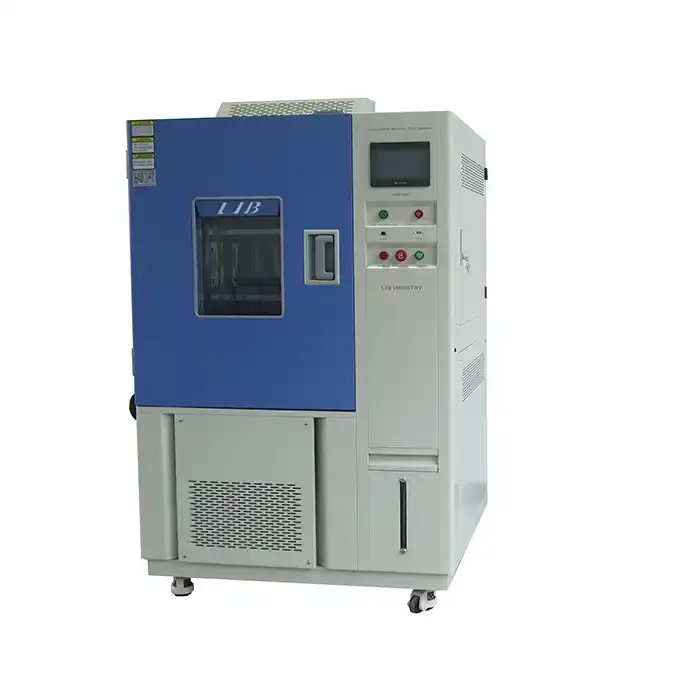
.webp)
